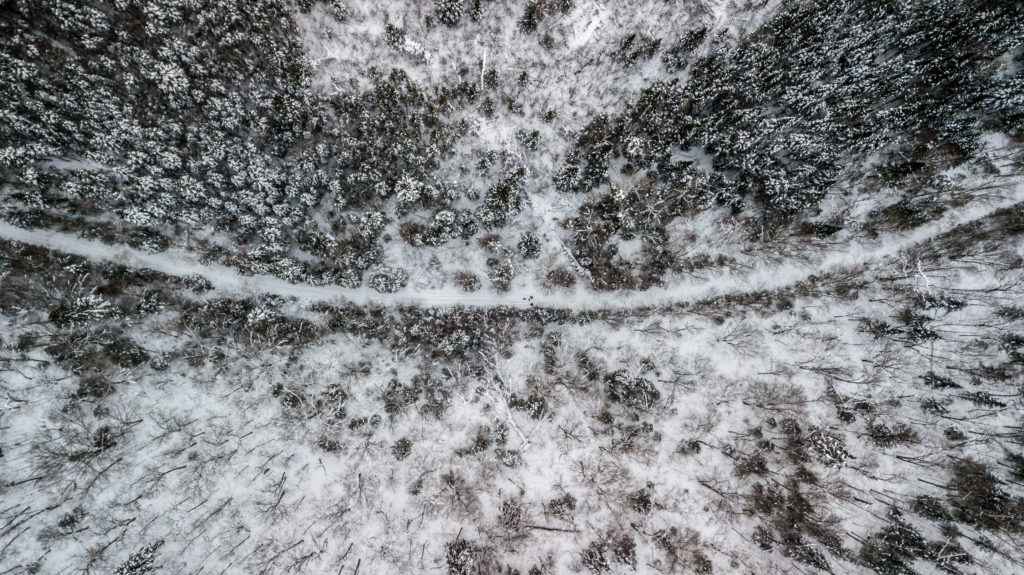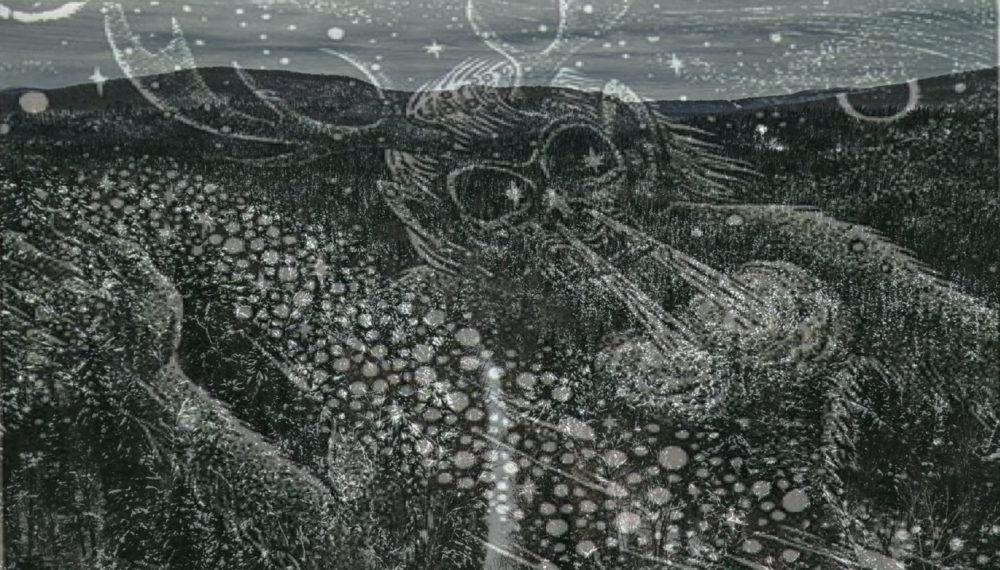“The bleak splendors of these remote and lonely forests rather overwhelmed him with the sense of his own littleness” –Algernon Blackwood, The Wendigo, 1910
As somebody who has spent a fair amount of time in the remote areas of New England, the vast wilderness of Quebec eclipses those many times over. I’ve grown to become acquainted with the charm of the Canadian province for over a decade, with many an American Thanksgiving spent in the Laurentian mountains at the base of one of it’s most iconic peaks, Mont Tremblant.
This time usually includes some exploring of the surrounding areas. This year that included interacting with some local wildlife and a bit of hiking and in the remote Mont Tremblant National Park.
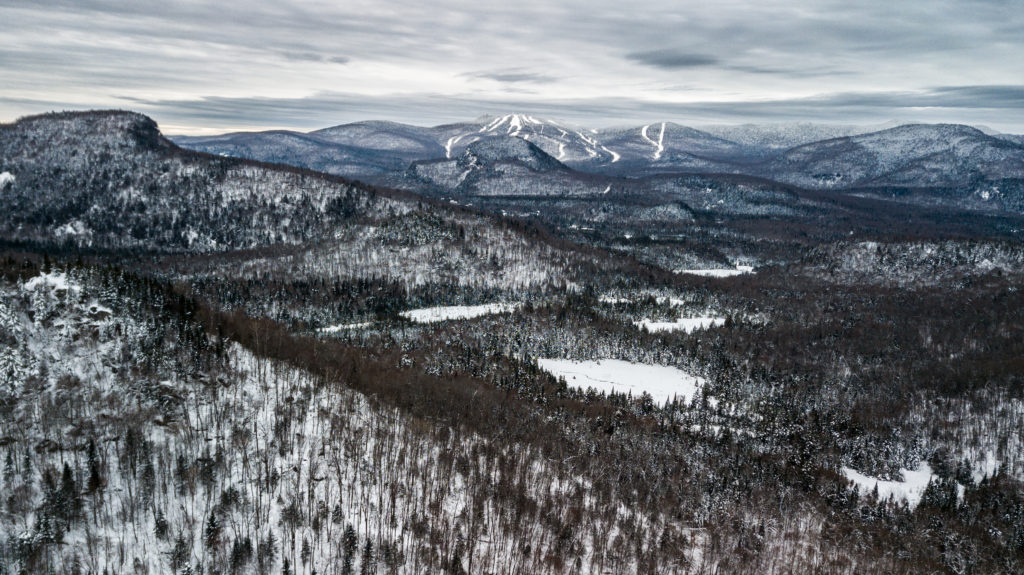
One myth that always stood out to me while in Quebec was that of the Wendigo. While many people have likely heard of the Wendigo (or Windigo alternatively), pinning down what exactly it is can sometimes present a challenge. Part monstrous cryptid or giant, part malevolent spirit or shape shifter and part human condition, the Wendigo story has been described in many ways.
At its core the origins of the Wendigo story appears to be a legend told by Algonquin speaking peoples in the northeastern US states and northern Midwestern states, as well as many of the Canadian provinces, including Quebec.
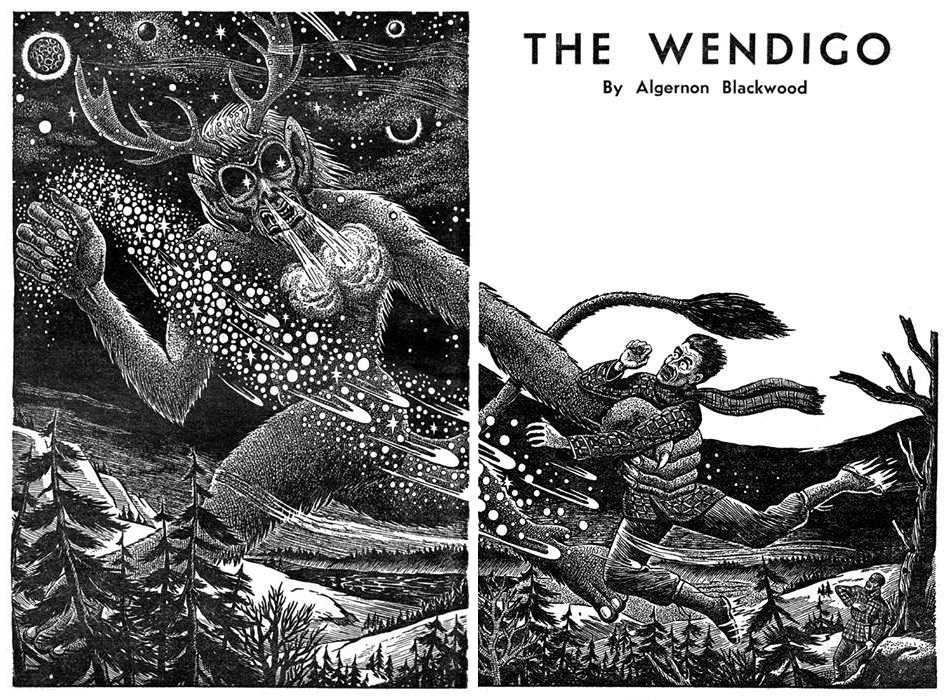
Paranormal author and researcher Denver Michaels writes “The Wendigo is closely associated with starvation, extreme cold, and social taboos such as cannibalism. According to legend, the consumption of human flesh could cause a person to be taken over by the spirit of the Wendigo; going insane from the cold could also change one into a Wendigo.”
There is even a term called “Windigo psychosis” used to describe when individuals develop a craving for human flesh or fear turning into a cannibal.
In the howling winds I can imagine the whisper of the Wendigo, slowly turning a person mad, isolated deep in the snowy forests. Feeling the brutality of these November gales while witnessing the endless wilderness, it makes me all the more impressed with the indigenous peoples, as well as later European settlers, in their inhabiting this rather inhospitable land.
What affect did the Wendigo tale have on French settlers of modern day Quebec?
In New France the French settlers brought their own beastly folklore in the form of the “Loup-garou”, a somewhat typical shape-shifting werewolf. This creature would later manifest itself in Louisiana as the “Rougarou” in Cajun folklore (which is ultimately linked to the Québécoise and French legends that preceded it). While I’m not aware of how the Wendigo and these French werewolf stories interacted, it’s certainly interesting to ponder, given a somewhat similar nature involving cannibalism and transformation.
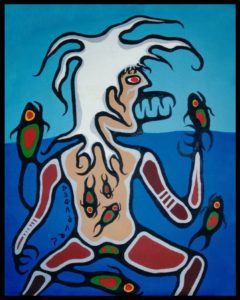
In modern times the Wendigo has become a favorite creature in popular culture, appearing in horror movies, videos games and comic books. With that the depictions get even more diverse. Giant emaciated Moose or elk type creatures, skeletal zombie like monsters and even the classic Sasquatch type creature. Just do a quick Google search and you’ll see quite the menagerie of Wendigo depictions.
I enjoy the fact that the Wendigo legend has taken on a life of it’s own, with different depictions depending on the region and who is telling the story. While culturally this story present across much of the northeast, in my mind Quebec is the land of the Wendigo. It is a force present in the bone chilling winds as the long Canadian winter begins to envelope the land, afflicting those battered down by the cold and isolation.
